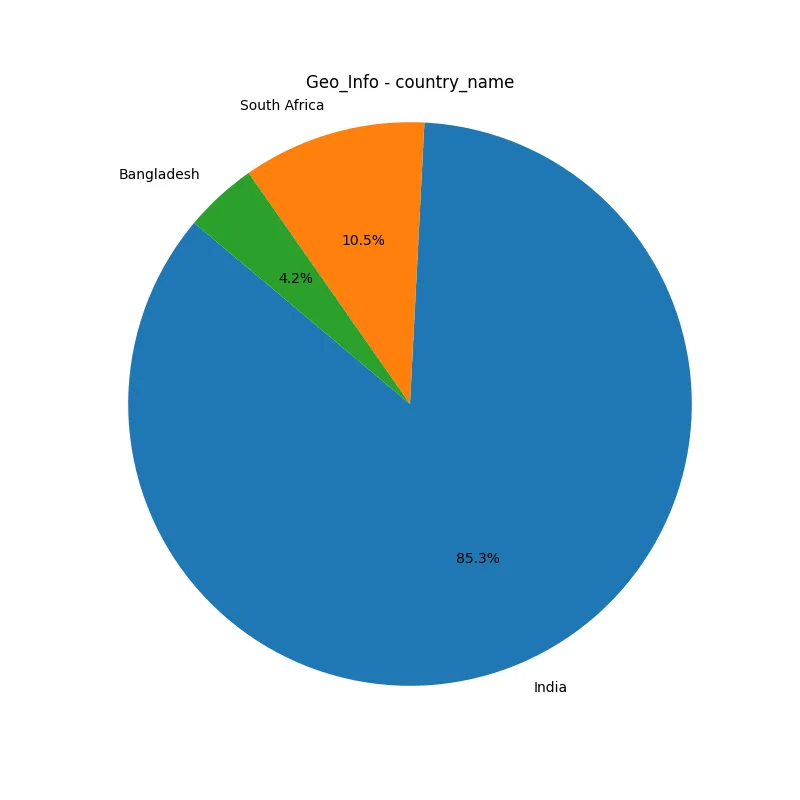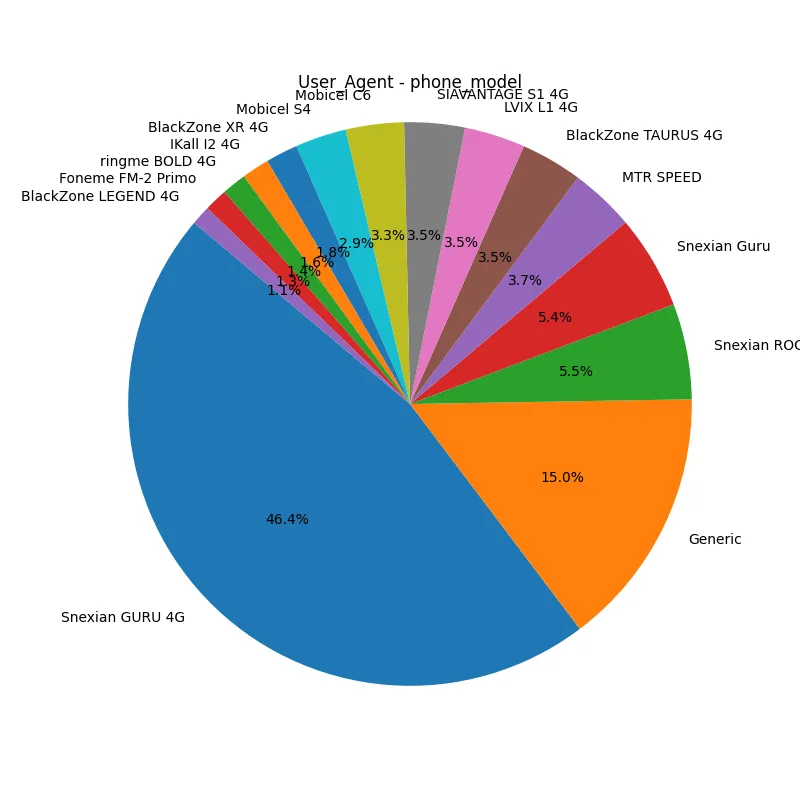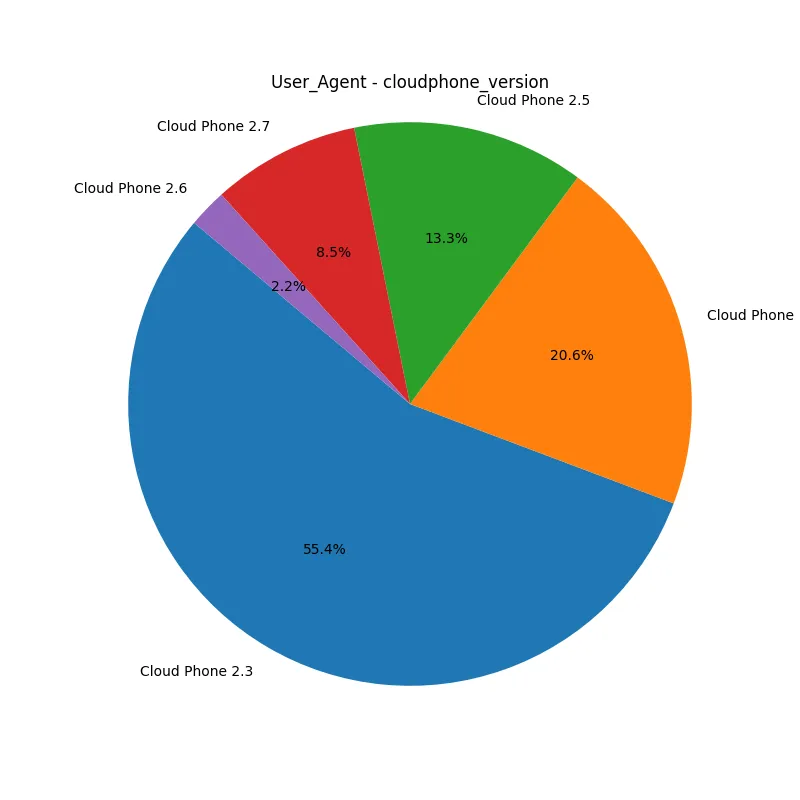As I mentioned in my previous Nokia 3210 posts, the Cloud Phone app is a real game-changer. It lets you access modern Chrome-based web browser apps or widgets on even the most basic feature phones, often affectionately referred to as „dumbphones.“ As a widget developer, you need to make sure your web app looks great on small screens, which can be a bit tricky. And collecting visitor statistics can be challenging as well:
-
The web requests go through the Cloud Phone servers, so the real user’s IP address is in the XFF header, which many common web analytics tools ignore.
-
The user agent format has some details, but this format is not recognised by most web analytics tools, so they don’t bother processing it.
A while back, I made a map widget for my Nokia 3210 and decided to share it on the Cloud Phone platform. I did not expect it, but thousands of people use it every single day! So, I wrote a custom analytics tool to track its usage, and here’s what I found out in January 2025.
A Peek into January 2025 Cloud Phone Usage
Disclaimer: Unlike on the Apple Store or Google Play Store, the widget developers do not know where their widget can be accessed from. That is because each device manufacturer decides which widgets to show on each device in each region. So, this data does not represent the total Cloud Phone or feature phone usage. Some manufacturers might not have included my widget on some devices in some regions.
Usage by Country
India has been undergoing a transformation in recent years, with many people switching from 2G to 4G. And 4G feature phones are naturally more affordable than smartphones, so that is why they are so popular. India is the top country, followed by South Africa and Bangladesh. These three countries made up the majority of the overall usage:

The rest came from other countries such as Mozambique, Eswatini, Uganda, China, Lesotho, Malawi, France, Zimbabwe, the United States, Kenya, Zambia, Vietnam, Botswana, Congo, Pakistan, Ethiopia, and the Philippines.
Usage by Phone Model
Here are the main phone models that used the map widget:

„Generic“ is the default from devices where their manufacturer did not give a specific model name in the user agent string (it could also be the Cloud Phone Simulator). This data might not be accurate even for the identified models, because some manufacturers might not set them correctly: for instance, my Nokia 3210 sends its user agent as „Nokia 225 4G“.
All the top phone models are made by local brands. The top one is the Snexian GURU 4G. Some local brands are really good, though; for example, the Itel Neo R60+ (a local brand in Bangladesh) has a WiFi hotspot, which is not available on the Nokia 3210.
In terms of chipsets, the ASR chipset had the most share, with 60%, while the UNISOC chipset came in second with 19.4%. The rest was not identified.
Usage by Cloud Phone Version
The Cloud Phone app keeps getting better, and the new version supports more browser features. For example, Cloud Phone 2.7 can now upload files, which is useful for many web apps. But sadly, many devices are still on older versions, and their manufacturers do not provide them with updates. Here is how many different Cloud Phone versions used the map widget:

The top version was Cloud Phone 2.3. The second one was just „Cloud Phone“ without a version number, which seems to be set on some devices. For instance, my Nokia 3210 sends its user agent as „Cloud Phone“ and runs Cloud Phone 2.4. Hopefully, the future Cloud Phone versions will be able to self-update, independently of the device manufacturers.
Conclusion
Feature phones do not have as many apps and services as smartphones. But the Cloud Phone platform makes it easy to create and share web apps for feature phones. When you are making apps for feature phones at this time, besides optimizing them for small screens, you need to keep in mind that most users are in India and are on older versions of the Cloud Phone app that do not support some browser features that the latest version does. With newer devices coming to the market, this situation may change over time.